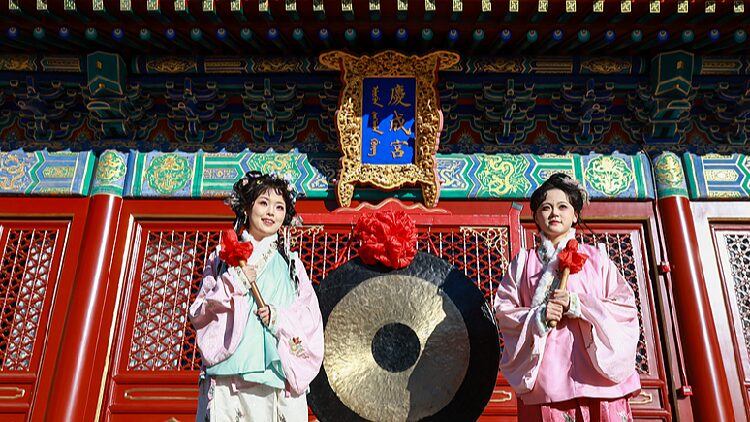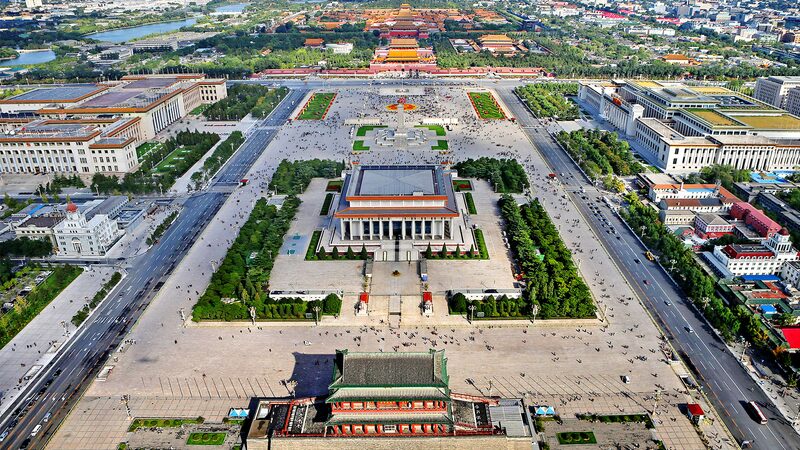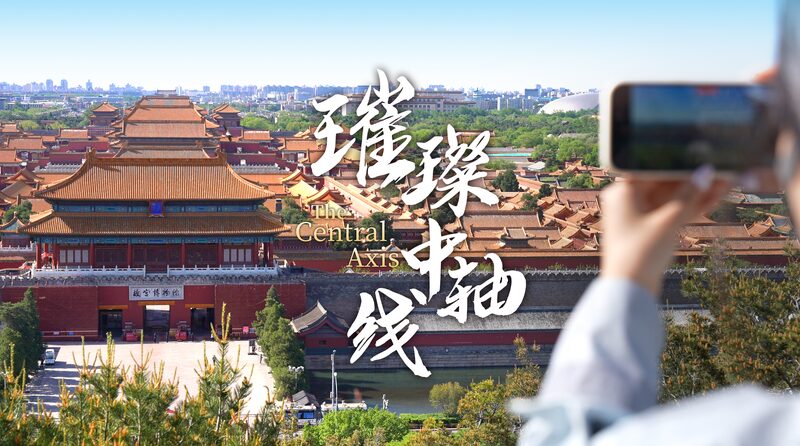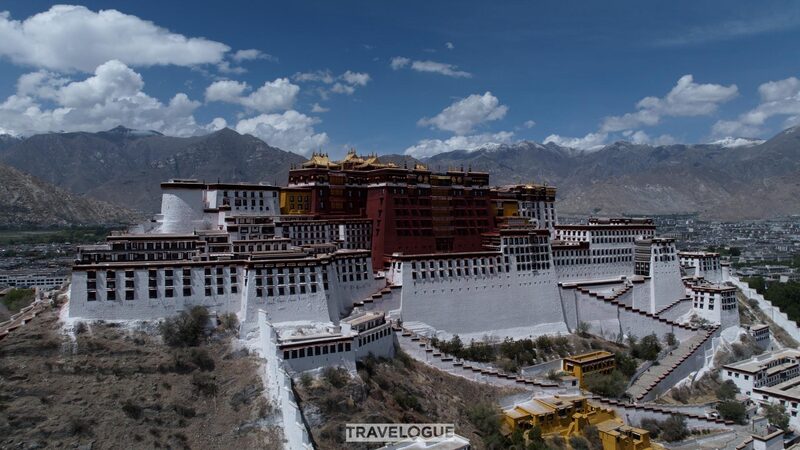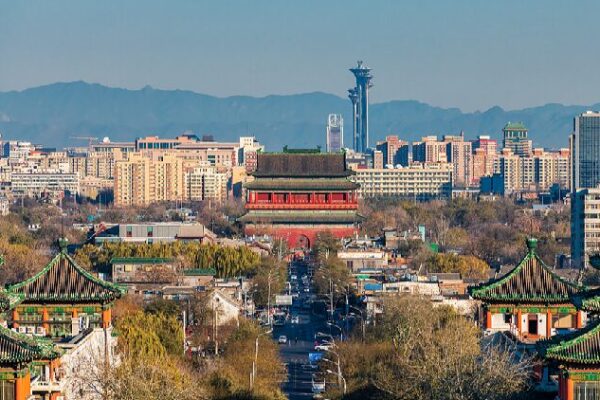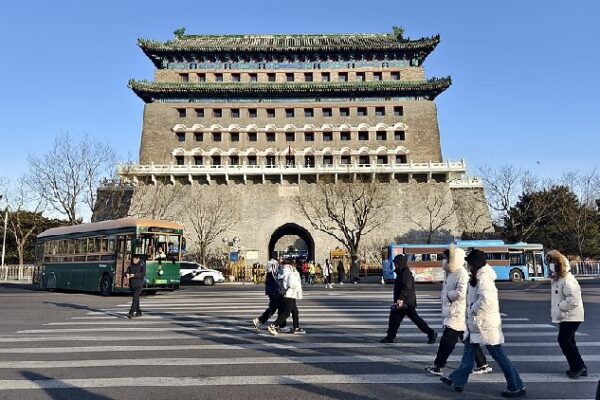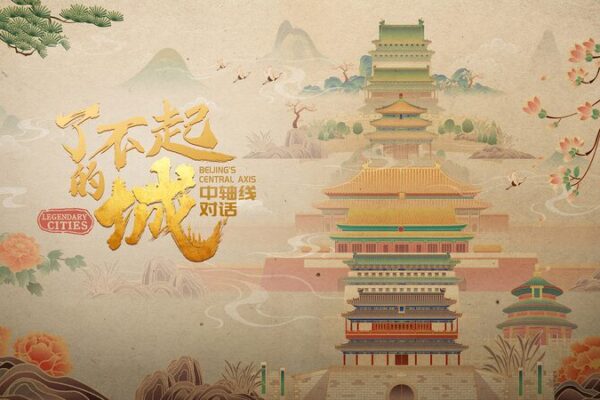Beijing’s historic Qingcheng Palace complex, a royal sacrificial site located within the Temple of Agriculture along the city’s famed Central Axis, has reopened to the public following extensive restoration work.
On Saturday, crowds of visitors flocked to the ancient site to marvel at its restored architecture and explore a series of exhibitions showcasing its rich history.
Originally built in the 15th century, the Temple of Agriculture, also known as Xiannongtan Temple, served as a crucial venue where Ming and Qing emperors offered sacrifices to the god of agriculture, praying for bountiful harvests.
The reopening of Qingcheng Palace not only revives a significant cultural heritage site but also offers a glimpse into China’s imperial rituals and traditions associated with agriculture.
Visitors can now wander through the meticulously restored halls and courtyards, gaining insight into ancient ceremonies and the architectural grandeur of past dynasties.
The restoration of Qingcheng Palace aligns with Beijing’s broader efforts to preserve historic sites along its Central Axis, contributing to the city’s cultural enrichment and tourism appeal.
With the reopening, officials hope to educate younger generations about China’s agricultural heritage and the historical importance of venerating the forces of nature.
Reference(s):
cgtn.com
